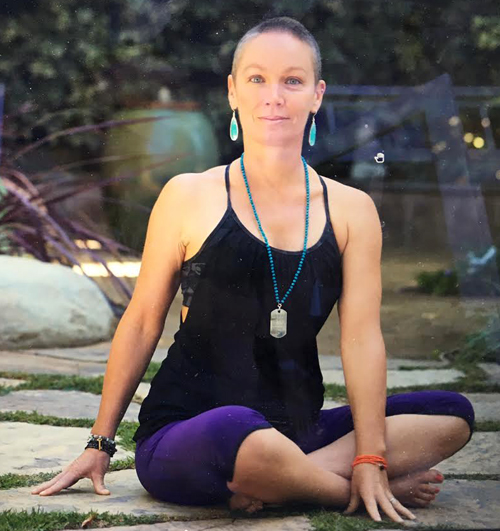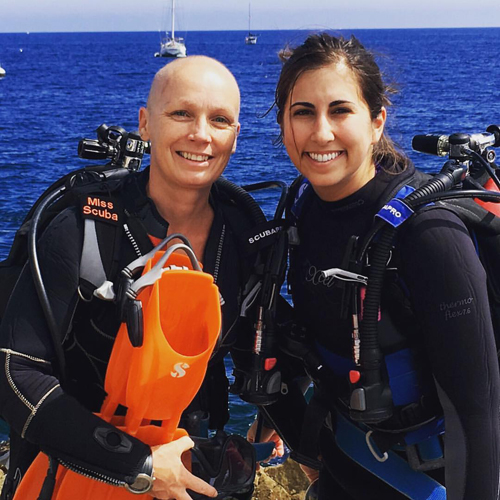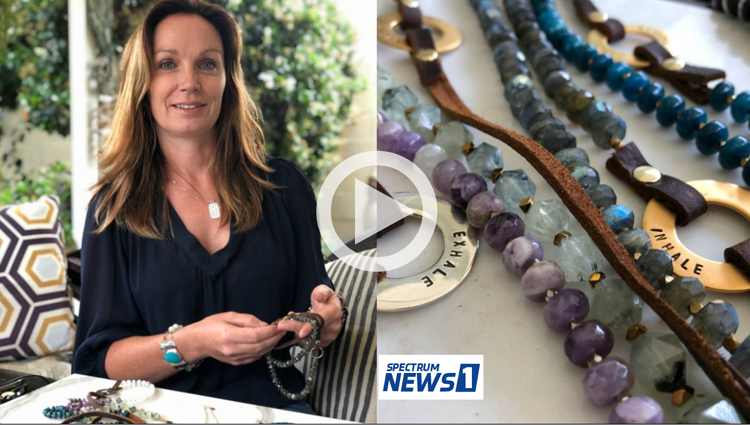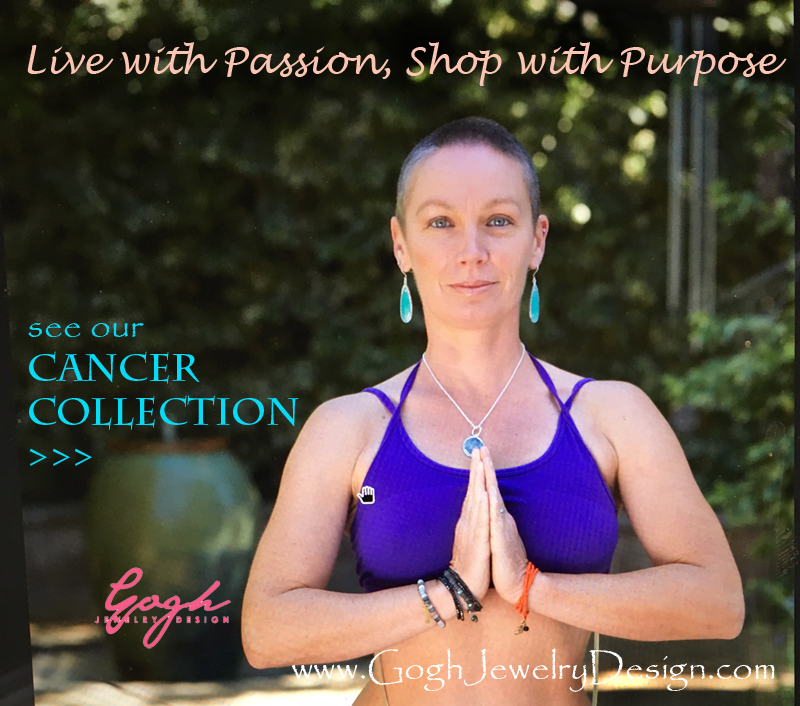
Scuba Diving Pioneer Turns to Jewelry Designs in Cancer Fight
“I was always a tomboy, and I’ve always had to fight twice as hard to be appreciated half as much in the dive industry," Gogh said.
Born in then communist Hungary, she started scuba diving at 13 years old in a sport called orienteering, and knew after her first visit to the ocean that she wanted to travel the world as a dive instructor. After college in Budapest, she took off to live and worked all over the globe.
 “Everything really starts with dreaming about something you want to make a reality," she said.“Everything really starts with dreaming about something you want to make a reality," she said.
“Everything really starts with dreaming about something you want to make a reality," she said.“Everything really starts with dreaming about something you want to make a reality," she said.
Realizing her dreams of living in California came through a chance job offer from a local dive shop in Burbank 17 years ago.
“Im a dreamer, warrior, survivor, but every now and then I need a reminder," Gogh said.
When she was 14, her father died of breast cancer at 39. When she was 39, her mother and cousin passed of breast cancer, and she was also diagnosed with the disease at the age of 39.
“Of course I have breast cancer. I am 39, but I'm not going to die at 39," she said. "I have a 2-year-old, finally I have a family, I have roots down in California. It's just an option.”
 She tackled the disease the way she approaches life—fearlessly. She uses jewelry design not only as an outlet to reach others, but as her own meditative practice as well.
She tackled the disease the way she approaches life—fearlessly. She uses jewelry design not only as an outlet to reach others, but as her own meditative practice as well.
Her jewelry is a culmination of her life’s journey in physical form. She collects many of the materials she uses in the jewelry from her travels, and even the ocean floor.
“To get anywhere in life you have to believe you can doit," she said. "That’s the key to success in my mind.”
For this female ocean trailblazer, the world truly is her oyster and the best is yet to come.
Written by Angela Sun, California. Photos by David Young-Wolff and Angela Sun.
_____________________________________________________
10 TIPS TO SUPPORT PEOPLE WITH CANCER:
In my own cancer journey, I found that the support from family and friends was invaluable. We all want to be that supportive person, yet there are times when we may not know what to do or say. Here are some suggestions informed by my own experience that I would like to share. If you have friends, family members, co-workers, or community members with cancer, one of these tips might just make their day.
1. Offer specific things you can help with, such as taking the dog for a walk, picking up kids from school, or dropping off groceries. Saying, “Call me if you need anything,” doesn’t give your friend enough direction as to how you can help. Someone with cancer may be feeling overwhelmed and may not know how to say what they need.
2. Along those lines, remind her to BREATHE. When a person is diagnosed with cancer, it’s hard to think straight. Millions of thoughts zigzagged through my mind.
3. Encourage him to seek out a second opinion and maybe even a third! Sometimes they might not agree, but opinions offer choices.
4. Show up for a visit in person. Don’t just call. It means a lot.
5. Go for a walk together - short or long, depending how he feels. Fresh air does great things to the body and mind.
6. Bring over your friend’s favorite foods to provide comfort and to tempt the palate. Eating is hard after chemotherapy.
7. Deliver soups. One of the side effects of most pain medications and chemotherapy drugs is constipation. Lack of exercise makes it even worse. Soup is a remedy to help get things moving and encourage proper hydration.
8. Tell her about the Look Good, Feel Better program: lookgoodfeelbetter.org. It is a free beauty workshop for cancer patients. This program taught me how to make eyebrows when mine fell out during chemo, among other things. As part of the event, people received a personalized bag with the make-up that we would need, all donated by cosmetic companies.
9. Offer to drive to a doctor’s visit, test, or chemotherapy treatment. Some facilities even allow friends to stay and hang out during treatment. Bring books, jokes, music, headphones, eye pillows, warm socks, or other comfort items your friend may have forgotten to pack.
10. Be there even months after the treatment. Everybody comes out of the woodwork when their friend becomes sick and reaches out. However, cancer treatment is a long journey and individuals and families need support months later as well.

